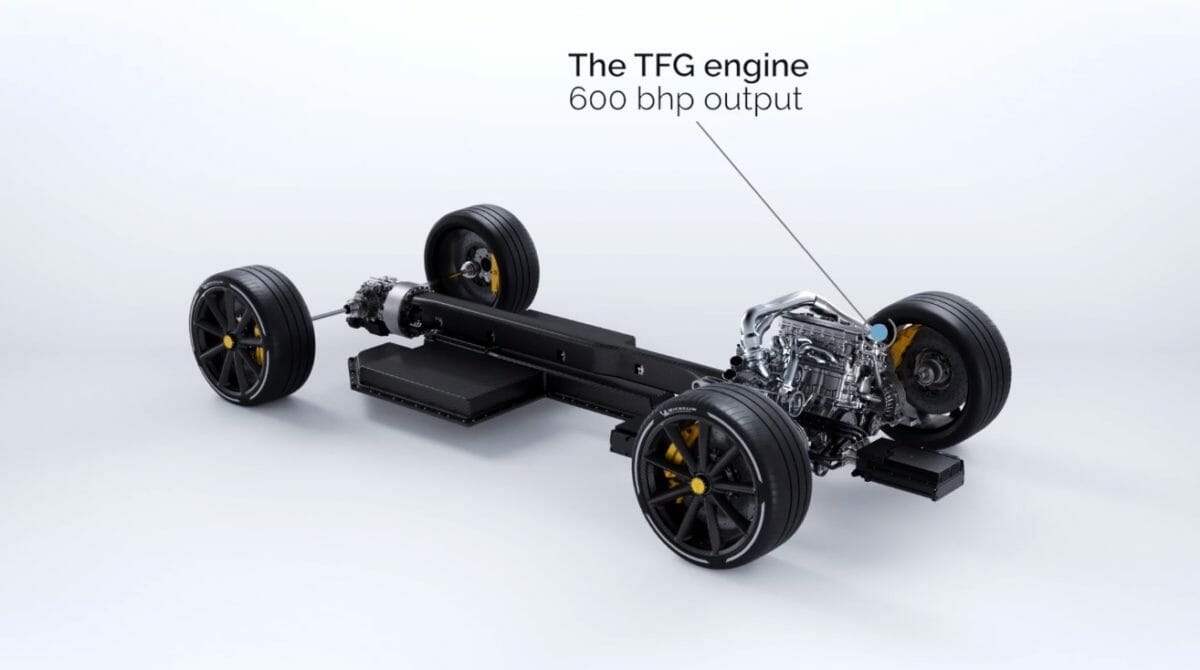The Koenigsegg Gemera Hypercar is a 400 km/h, four-door, road-going missile which achieves its purpose of going seriously fast by employing technology which will amaze you. The 1,700 HP Hypercar is powered by a hybrid system which involves electric motors and batteries which generate 1,100 HP, and get this, a 2.0-litre, 3-cylinder, twin-turbo engine which cranks out 600 HP and 600 Nm on its own! How did they do that? Koenigsegg’s sister company Freevalve made good use of its cam-less technology for the tiny engine to crank out unheard of power figures. The best part, it still manages to sound great for powering a car like the Gemera and emits near tree-hugging emissions if fed with Gen 2.0 Ethanol or Co2 neutral Methanol. It can also work on an E85 blend or in the worst case, normal petrol.
The Freevalve concept, also known as fully variable valve actuation, offers the unique ability to have independent control of the intake and exhaust valves in an internal combustion engine. It does not make use of a camshaft to open and close exhaust and intake valves like in a normal internal combustion engine. The camshafts are replaced by pneumatic actuators which control the compression and rebound action of the valve springs through sensors to open and shut individual valves. This makes the arrangement free to open or shut any valve, at any time, like a permanent variable valve timing system which is not dependent on the timing of a rotating camshaft.
Also Read: Lamborghini Huracan RWD With 5.2-Litre V10 Launched In India At INR 3.22 Crore
For any engine load criteria, the timing of intake and exhaust can be independently programmed. Using artificial intelligence, the system can then intelligently decide, based on perceived driving conditions, which one to use to maximize performance or minimize fuel consumption and emissions. The Freevalve system also reduces friction as there is no timing belt or a mechanism required to drive the camshaft or even the need for a throttle body.
However, where most 3-cylinder engines these days with a turbo max out at about 200 HP, how does this motor make three times the power from such a small size. The secret to that is a twin-turbo system which is amazingly spooled by an odd configuration of cylinders, in this case, three. Since there are three exhaust valves for each cylinder, every exhaust valve also has its own exhaust pipe, making it two exhaust pipes per cylinder. This arrangement allows an even number of pipes, six to be precise, required to spool up the two turbos. It works in a way where the first exhaust pipe from each cylinder is used to spool the primary turbo at low rpms, while the secondary valve feeds the second turbo at high rpms for added boost. This technological wonder powers the new 4-seater Gemera, which Koenigsegg calls a Mega-GT.



